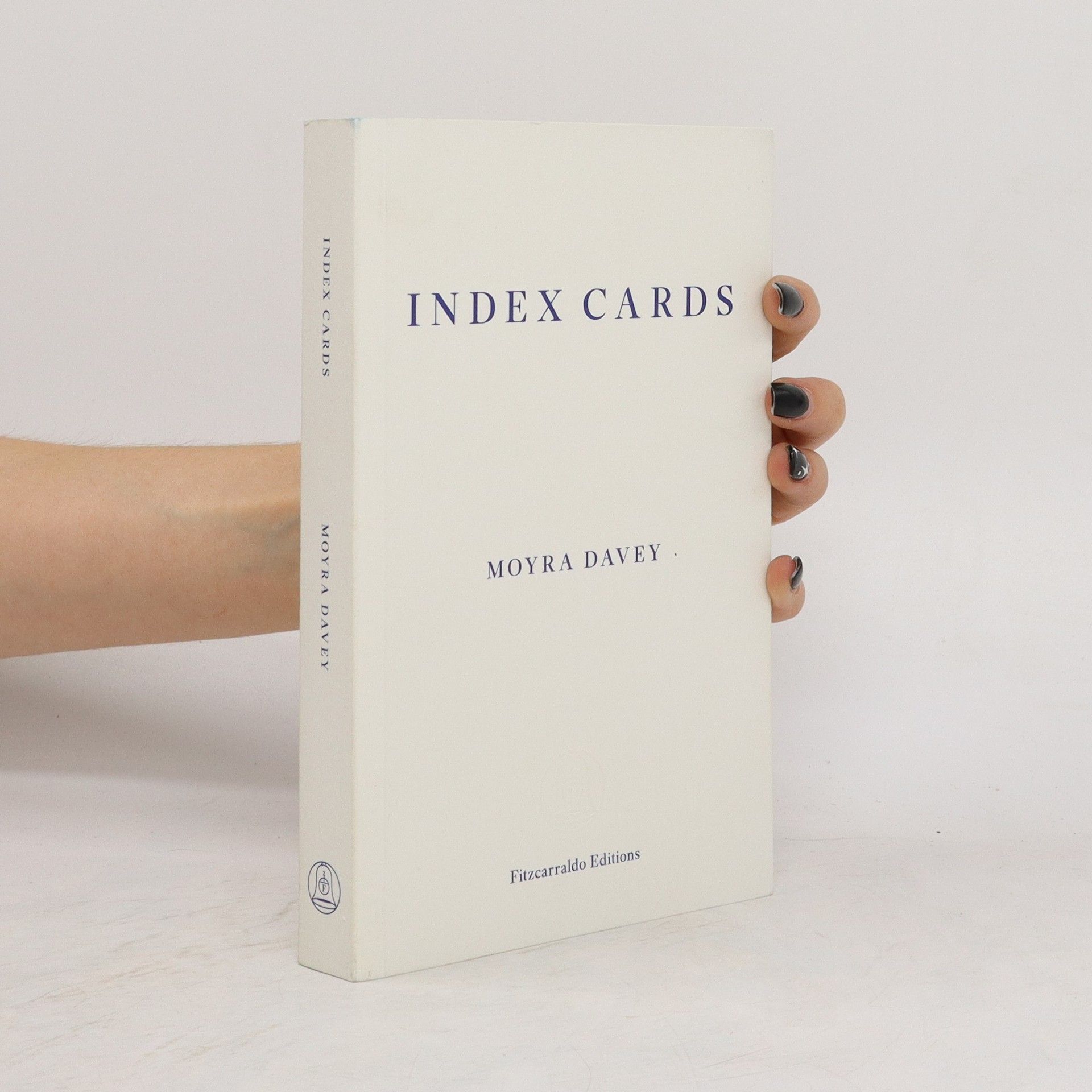In these essays, the acclaimed artist, photographer, writer, and filmmaker Moyra Davey often begins with a daily encounter—with a photograph, a memory, or a passage from a book—and links that subject to others, drawing fascinating and unlikely connections, until you can almost feel the texture of her thinking. While thinking and writing, she weaves together disparate writers and artists—Mary Wollstonecraft, Jean Genet, Virginia Woolf, Janet Malcolm, Chantal Akerman, and Roland Barthes, among many others—in a way that is both elliptical and direct, clearheaded and personal, prismatic and self-examining, layering narratives to reveal the thorny but nourishing relationship between art and life.
Moyra Davey Knihy
Moyra Daveyová se ve své tvorbě soustředí na tiché, přehlížené detaily každodenního života, kde prostřednictvím velkoformátových detailů opotřebovaných předmětů zdůrazňuje jejich individualitu a oběh. V polovině 2000. let se v její práci obnovila významná role pohyblivého obrazu. Vycházejíc z hlubokého zájmu o proces čtení a psaní, její esejistická videa vrství osobní vyprávění s detailním zkoumáním textů a životů obdivovaných autorů a myslitelů. Vlastní psaní autorky je ústřední pro její videa, které často vycházejí z jejích esejů a reflektují její osobní zkušenosti a literární zájmy.


Moyra Davey
- 288 stránek
- 11 hodin čtení
From early portraits of her five sisters, to photos taken above bookshelves and under beds, and later series on the New York City subway, Moyra Davey has spent four decades with a practice that comprises photography, film and writing. This book surveys Davey’s work, bringing together her photos and film-stills; her writings on photography, memory, art and historical figures; alongside a suite of new essays and interviews. Davey examines the texture of life: defaced currency, empty whiskey bottles, the dust under a record player’s needle. She also acknowledges that photos can be mementos, and for some time has printed her images as a kind of correspondence, sending them through the mail; when unfolded, they bear the creases and stamps of transit. Davey’s films and essays are characterized by a similar intimacy, evinced by the artist’s own peripatetic, literary mind. These are some of the figures that haunt her imagery: Walter Benjamin, Mary Wollstonecraft, Jean Genet and Chantal Ackerman. As with her photographic accumulations of fragments, Davey approaches these touchstones indirectly, drawing from their letters, journals and lesser celebrated works to understand how they committed to living creative lives.